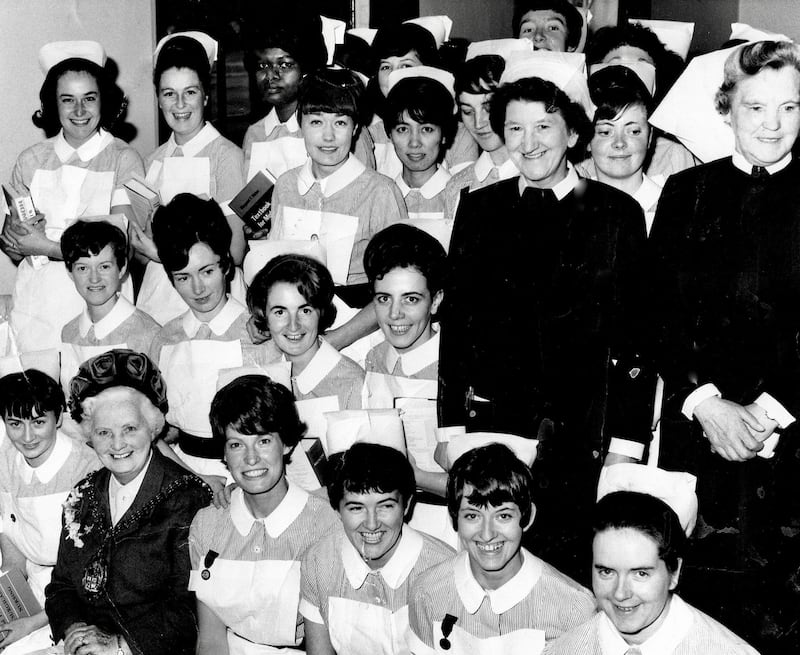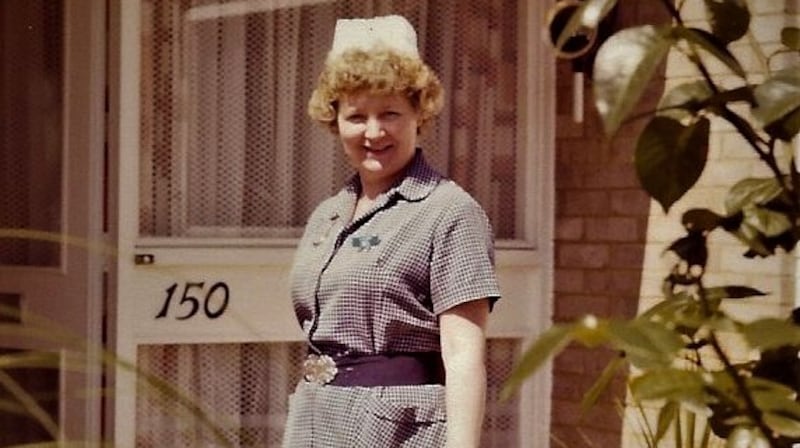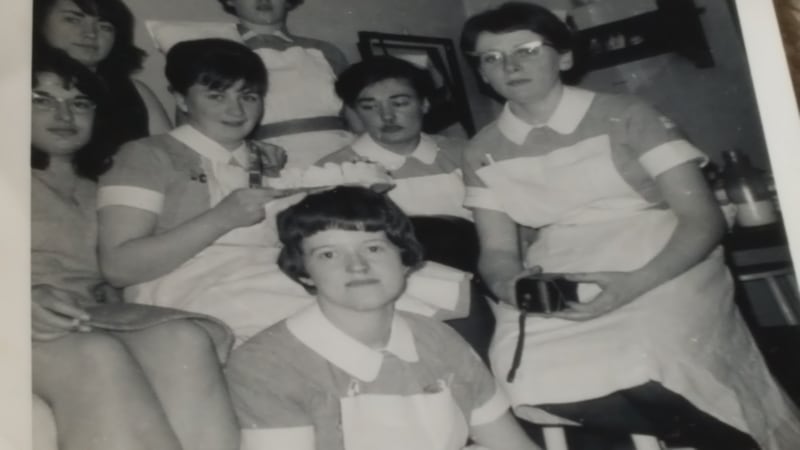The Irish have a long history of nursing and caring worldwide and particularly in Britain. Irish nurses have been significantly involved with nursing in Britain for over a century. This has never been fully recorded.
As an Irish woman who came to England in 1964 to begin nurse training I was very aware of their immense contribution and had written a short article about it. When I attended a series of Irish research seminars in the late 1980s at North London Polytechnic, which is now London Metropolitan University, I mentioned the article when it was said how little research on Irish women in Britain had been carried out or published.
The late historian Alan Clinton, then researcher at the Irish Studies department, asked me to present a seminar. I had several articles and stories published by then so it did not seem daunting until I found out there was little published research available, mainly surveys on nurse training. However, this with my earlier research was sufficient for the seminar.

I felt Irish women and men’s contribution to nursing had been enormous, particularly in the National Health Service, and the story should be told. Not long after this when I was doing a combined degree in Irish studies and health, I was able to carry out more research such as on Irish nurses in London. I had decided that I would write a book about Irish nurses in Britain. However, it has been many years in the making due to life events. I have interviewed personally or by phone more than 45 Irish nurses for their personal stories.
As I found little information available prior to the time of Florence Nightingale I decided apart from some historical background to start from that period and end with the Millennium. Unfortunately I found less research available on Irish nurses in Wales and Scotland so the book is more about those in England as a result but this is not intentional.
The book has 14 chapters, starting with the historical background to Irish nursing. Irish women have provided a special role in healing from the days of the Brehon Laws and from the involvement of St Bridget and St Dymphna as healers. In the 19th century the Irish Sisters of Charity and Mercy were pioneers in developing health services a generation before Florence Nightingale started the Nightingale Training School at St Thomas’s Hospital in London in 1860.
I go on to discuss Irish Nursing Nuns: Connections with Florence Nightingale, who had tried to receive nurse training with Irish nursing orders in Dublin and was also involved with the Irish Sisters of Mercy in Bermondsey, London, particularly with Dublin-born Mother Clare Moore and in the Crimea.


The third chapter is about the Irish among the early trained nurses in Britain. Due to a massive expansion of hospital beds more nurses were recruited and the Irish were among them in the period 1881 to 1914. Most Irish were from farming backgrounds and went to hospitals in the larger cities. Included is my research into Irish nurses and nurses with Irish connections in the early nursing registers 1922-5 for England and Wales. This gives a profile of how many came, where they came from, their background and where they went to. Most went to hospitals in England and London was the main destination but it was not the complete picture.
This is followed by Irish Nurse Leaders in Britain. Many single Irish women went on to become matrons and to participate as nursing leaders during the second World War such as Mayo-born Agnes Brown who was to become Matron of the City General Hospital, Stoke-on-Trent. Dubliner Mrs Palmer, Matron of St Mark’s Hospital, was a nursing pioneer and brought in many far-sighted changes. Annie Smithson, Dublin-born nurse, novelist and secretary of the Irish Nurses Association, wrote of her experiences of nurse training in London and Edinburgh. John Greene OBE from Clare was a high-profile psychiatric nurse responsible for fundamental structural changes in nursing.
Far fewer men than women went into nursing. Some were involved in religious orders or had been medical orderlies during two World Wars. Most Irish men went on to do psychiatric training and many later had successful careers in nurse administration.
The Catholic Nurses Guild was founded in 1897 and has been a lynchpin over many years for Irish nurses both spiritually and socially, particularly in psychiatric hospitals, which tended to be in isolated areas. At one time the Guild had 147 branches and thousands of members. It is still in existence though with much fewer members. It is now called the Catholic Nurses Association as it was felt Guild was dated and would not attract new members.

The second World War brought a huge demand for nurses, as many men and women were in the armed forces. Irish nurses were helping to staff the hospitals and help care for the war-wounded. The chapter Irish nurses in war time Britain and its aftermath tells how they coped.
Irish Nurses in the National Health Service: the early days details how when the NHS started on July 5th, 1948 it needed large numbers of nursing staff. Irish nurses made up a big proportion of the workforce needed. Large numbers went to hospitals where the matron was Irish and many ended up as ward sisters, particularly in hospitals such as the Whittington in London.
The Dancing Nurses enjoyed themselves in the 1950s in Irish dancehalls particularly in London. They share their experiences and memories. Some were still working in the NHS at the time of the interviews. Irish nurses in the swinging sixties were the largest group interviewed.
It is important to record the plight of the Enrolled Nurses who did not realise they would end up been treated as second-class nurses. Most were mainly from migrant groups including Irish. Keep it to yourself sums up how some Irish nurses did not make it to registered nurse training and ended up as enrolled nurses or auxiliaries, a devastating experience for many.
Yet despite many having few educational certificates, Irish nurses were generally very successful compared to some other migrant groups. Against the Odds details how various surveys show this. Nurse education is so important and a tutor can have a huge influence on students as much as a matron can. Two Irish nurse educationalists tell their story.
As London was the main destination for many would-be nurses, I carried out personal interviews with Irish Nurses in London, comparing 10 Irish nurses who came in the forties and fifties with 10 better-educated nurses who came in the early eighties and nineties.
The final Chapter, Celtic Tiger Era 1900s to 2007, is concerned with the future for Irish nurses. The Celtic Tiger had a very vibrant effect on Irish nurses with Ireland recruiting nurses from abroad and with major efforts to entice Irish nurses back to Ireland.


















